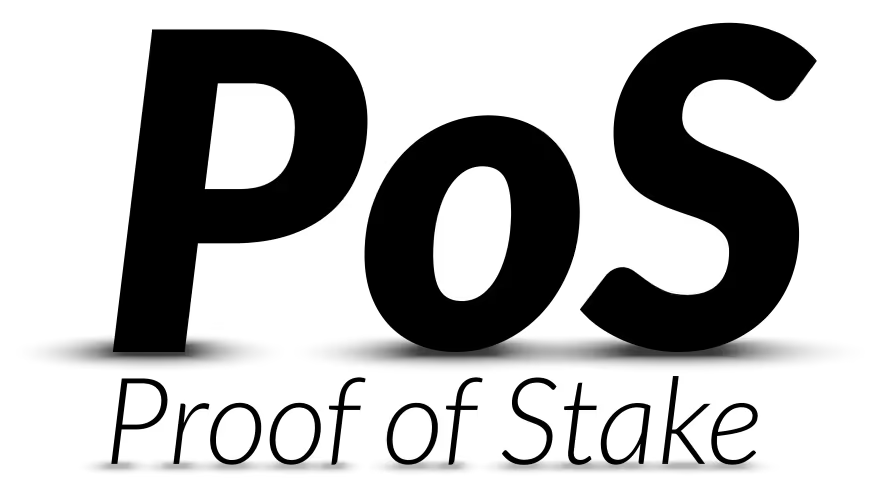Key Takeaways
- Cross-chain bridges are essential for interoperability. In 2025, they power seamless movement of crypto assets across networks like Ethereum, Solana, and Avalanche.
- Security remains the biggest challenge. Bridge hacks and smart contract flaws highlight the need for verified, audited protocols.
- Next-gen bridges focus on decentralization and user safety. New standards are emerging to make asset transfers faster, cheaper, and trustless.
The New Era of Blockchain Interoperability
By 2025, the blockchain ecosystem has grown into a network of interconnected ecosystems — from DeFi and gaming to NFTs and enterprise solutions. But while innovation has surged, one persistent challenge remains: how to move assets seamlessly between blockchains.
Cross-chain bridges have become the backbone of Web3 interoperability. They allow users to transfer tokens, NFTs, and even data across different blockchains without needing centralized intermediaries. Yet, despite their convenience, these bridges are also among the most targeted and technically complex components in crypto infrastructure.
Understanding how to bridge assets safely and efficiently is now an essential skill for every investor, developer, and blockchain user.
How Asset Bridging Works
Bridging involves locking an asset on one blockchain and minting a corresponding representation on another. For example, a user can lock ETH on Ethereum and receive a wrapped version (such as wETH) on a network like Arbitrum or Polygon.
When the user wants to move their funds back, the wrapped tokens are burned, and the original assets are released. This system allows for interoperability without double-spending or creating duplicate tokens.
Modern bridges also support data interoperability, meaning they can transmit smart contract instructions or oracle data across blockchains, enabling truly connected decentralized ecosystems.
The Evolution of Bridges in 2025
In 2025, cross-chain technology has advanced far beyond the early, centralized bridges that dominated during DeFi’s boom years. Today’s bridges prioritize decentralization, scalability, and real-time verification.
Key innovations include:
- Light client bridges, which validate transactions using on-chain proofs instead of relying on third-party custodians.
- Zero-knowledge proofs (ZK-bridges), offering instant, secure, and privacy-preserving verification across chains.
- Modular interoperability layers, allowing developers to connect multiple blockchains with plug-and-play SDKs.
These developments have made cross-chain activity smoother than ever—but also introduced new layers of complexity that demand careful attention to risk management.
Major Risks and Security Challenges
Despite their importance, bridges remain one of crypto’s most vulnerable targets. In 2022–2024 alone, billions were lost to bridge exploits — from smart contract bugs to validator key compromises.
By 2025, the industry has learned hard lessons. Projects are implementing stricter security frameworks, mandatory audits, and insurance protocols. Yet risks persist:
- Smart contract vulnerabilities can expose user funds to theft.
- Centralized validator nodes can become single points of failure.
- Fake or malicious bridges can impersonate legitimate ones, tricking users into losing assets.
Security-first bridging is no longer optional—it’s a necessity. Always verify that a bridge is open-source, audited, and supported by trusted ecosystem partners.
Leading Cross-Chain Bridges in 2025
A few standout protocols now dominate the 2025 interoperability landscape:
- LayerZero: A modular interoperability protocol enabling seamless messaging between dozens of chains.
- Axelar Network: Focused on decentralized cross-chain communication for DeFi and dApps.
- Wormhole: A cross-chain messaging protocol connecting over 20 ecosystems, used widely in DeFi and NFTs.
- Synapse Protocol: Known for its user-friendly interface and efficient stablecoin swaps between chains.
- Chainlink CCIP: Combining data oracles and interoperability to deliver secure, scalable cross-chain automation.
Each offers unique mechanisms for bridging assets, but they share a common goal: creating a secure, unified blockchain ecosystem.
How to Bridge Assets Safely
Before bridging any asset, investors and users should take a methodical approach to security and efficiency:
- Verify the official bridge URL — fake sites are a leading cause of theft.
- Use small test transfers before moving large amounts.
- Confirm token contract addresses on both source and destination chains.
- Check network fees and estimated transaction times to avoid delays or unexpected losses.
- Prefer audited, widely used bridges over new, untested platforms.
Some wallets, like MetaMask and Rabby, now integrate built-in bridge aggregators that automatically select the safest and most cost-effective routes.
The Future of Cross-Chain Technology
As Web3 evolves, interoperability will define the next phase of crypto adoption. In 2026 and beyond, expect bridges to integrate AI-driven routing, real-time risk scoring, and decentralized insurance against exploits.
Meanwhile, multi-chain ecosystems are giving way to omnichain architectures, where applications operate natively across multiple blockchains without manual bridging. Projects like LayerZero, Cosmos IBC, and Polkadot’s XCM are paving the way for this vision.
In short, the future won’t just be about bridging assets — it will be about erasing the boundaries between blockchains altogether.
Conclusion: Interoperability as the Next Frontier
Bridging assets between blockchains in 2025 is more than a technical process—it’s a cornerstone of decentralized finance’s future. As crypto networks mature, the ability to move value freely and securely across chains will determine which ecosystems thrive and which fade.
Investors who master cross-chain navigation will gain access to broader liquidity, innovative protocols, and a truly connected Web3 experience. But with opportunity comes responsibility: security, verification, and knowledge remain the strongest defenses in an ever-expanding multi-chain world.
In the end, successful blockchain bridging isn’t just about moving assets—it’s about building trust across digital frontiers.



